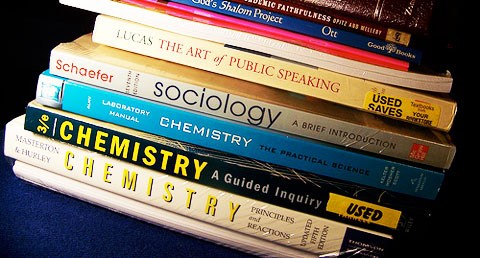Basic Science Primary 4 (Basic Four) First Term
Subject Scheme & Timeline:
Please check through the topics down and be sure it conform with the scheme you are using.
WEEK: 1TOPIC: CHANGES IN NATUREOBJECTIVESAt the end of this lesson, Pupils should be able to: Know the meaning of change. Mention the changes they observe in their surrounding Tell the differences between temporary and permanent changes Examples of temporary and permanent changes.
WEEK: 2TOPIC: CHANGES IN PLANTOBJECTIVESAt the end of this lesson, Pupils should be able to: Mention the changes in the plant.LEARNING MATERIALS Water Soil Jar A growing plant Whiteboard/Chalkboard Explanatory posters/pictures Explanatory videos
WEEK: 3TOPIC: CHANGES IN ANIMALSOBJECTIVESAt the end of this lesson, Pupils should be able to: Mention the changes in animals. Names of some animals and their young onesLEARNING MATERIALS Fish and fry Water Whiteboard/Chalkboard Explanatory posters/pictures Explanatory videos
WEEK: 4TOPIC: CHANGES IN NON – LIVING THINGSOBJECTIVESAt the end of this lesson, Pupils should be able to: Mention the changes in non-living things.LEARNING MATERIALS Candle Mould Wood Rusting iron
WEEK: 5TOPIC: OUR WEATHERUnits: Meaning of Weather Factors affecting the weather Weather instrumentsOBJECTIVESAt the end of this lesson, Pupils should be able to: Define weather. Identify the factors affecting the weather. Mention weather instruments Identify and write simple weather symbols.
WEEK: 6TOPIC: WEATHER SYMBOL AND RECORD CHARTUnits: Weather Symbol Weather RecordOBJECTIVESAt the end of this lesson, Pupils should be able to: Identify the symbols. Identify and write simple weather symbols.LEARNING MATERIALS Thermometer Rain gauge Clock
WEEK: 7TOPIC: COLOURSUnits: Various colours around us Colour in the rainbow Primary and secondary Colours Producing new coloursOBJECTIVESAt the end of this lesson, Pupils should be able to: Identify different colours around us List the colours of the rainbow Know the types of colours
WEEK: 9TOPIC: MEASURING LIQUIDSUnits: Measuring the volume of liquids in mm3 and cm3 Improvising a measuring cylinderOBJECTIVESAt the end of this lesson, Pupils should be able to: Measure the amount of liquids accurately using graduated measuring cylinders, cups or jars. State the metric unit of volume Improvise a measuring cylinder with estimated scales for volumes in the metric system.

